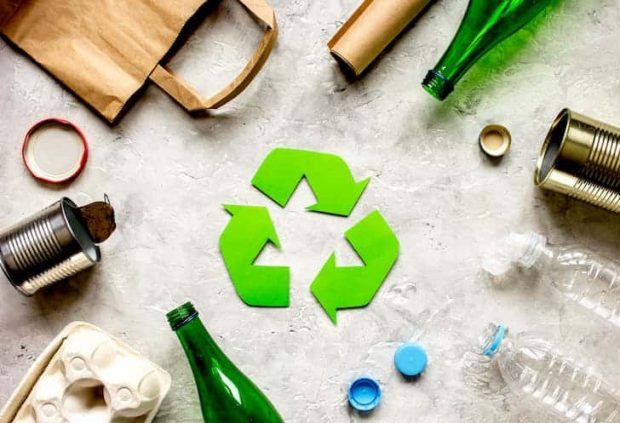A catalytic converter operates as a system for purifying fuel combustion products, minimizing their toxic content. Its task is to reduce the harmful impact exhaust gases cause to the environment. A worn-out catalytic converter cannot be repaired – it should be replaced with another one or removed completely. Owners of used converters have an excellent option to earn money by scrapping the old part through AutoCatalyst Market UK.

This element is valuable as it contains particles of precious metals that specialized companies can extract and reuse for other purposes, while the toxic composition of the catalyst can be safely disposed of.
Why recycling
A catalytic converter is coated with a layer of platinum group metals (rhodium, iridium, platinum, and palladium). These precious metals are able to purify the toxic content of exhaust gases with an efficiency of up to 98%. Over time, the catalytic converter becomes unusable due to wear, deterioration, various mechanical damage, and other reasons.
It is important to give this vehicle unit for recycling in a timely manner because it has a long decay period. Toxic components will harm the environment for a long time to come. Therefore, you cannot throw it into a waste deposit as garbage.
For the owner of a used catalytic converter, recycling will provide the following benefits:
- It is impossible to remove the layer of precious metals at home. This task will require special equipment, as well as adherence to the technological process. It’s easier to find an official dealer on Autocatalystmarket.com and scrap the unit at a bargain price.
- The owner receives compensation in the amount of 75% of then-effective costs of the precious metals extracted from the part.
- It won’t take much time to perform the transaction through the platform. There is also no reason to worry about the responsibility and good faith of the other party.
Statistics show that almost 80% of raw materials for producing new catalytic converters are obtained by recycling old parts and extracted precious metal particles.
Important stages of the old converter recycling process
Let us look at the procedure used to process worn-out vehicle convectors to gain some understanding of the technologies utilized. There are nine key stages:
- The metal body s cut; the ceramic core is removed. Its weight is measured.
- The primary analysis of the composition and volume of the platinum group metals is carried out.
- The content is sorted into categories.
- The converter particles are processed and weighed before grinding.
- Particles are ground and homogenized until smooth with a special device (mill).
- Samples are taken from the resulting mass. Then the particles are crushed to a fine powder.
- The information received is reviewed; the final report on the composition of the sample and amount of precious metals is prepared.
- The client is issued an official conclusion, which indicates the results of the examination. Then the payment of the converter cost is performed.
- Precious metals are extracted. Disposal of remaining toxic particles of the converter is in progress.
Giving the worn-out part for recycling is not only an opportunity to earn money but also a responsible attitude towards the environment with minimal expenditure of time and effort.


